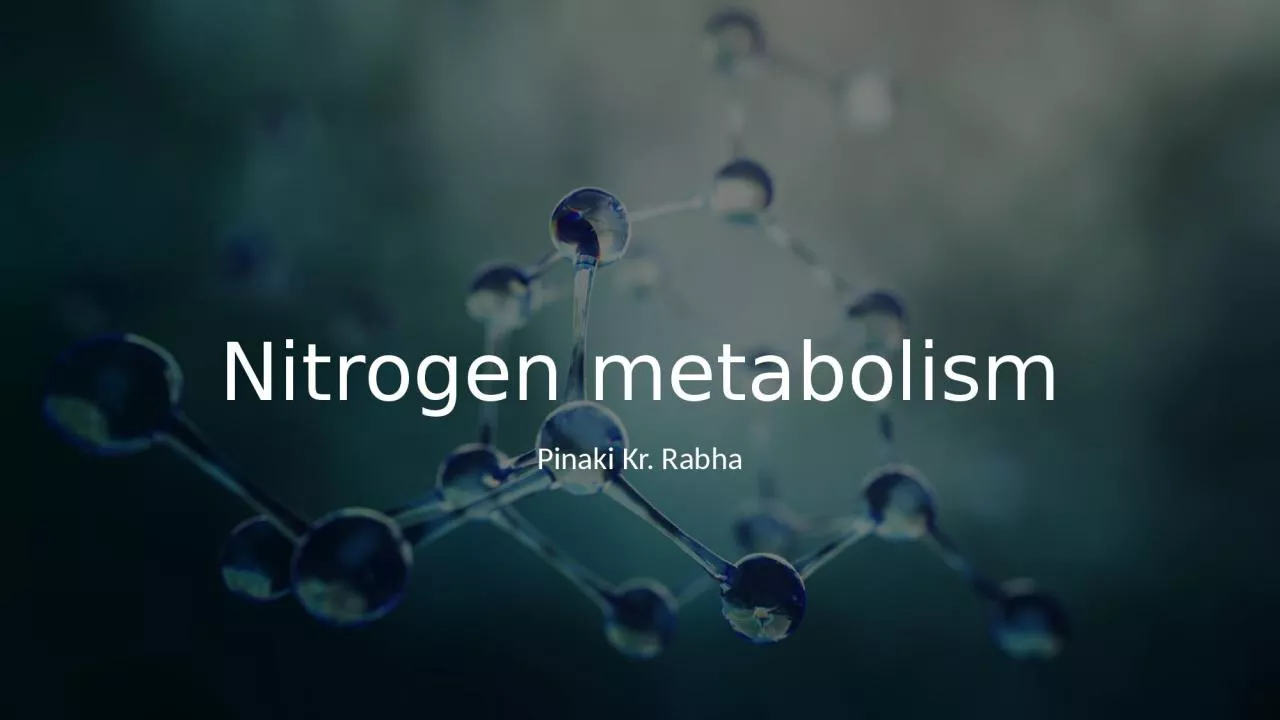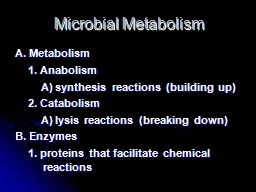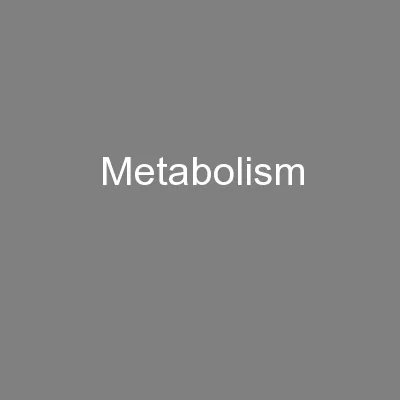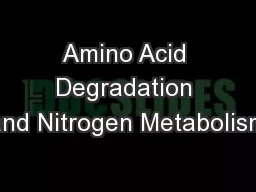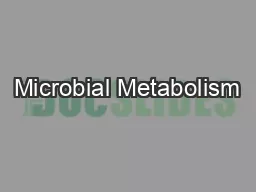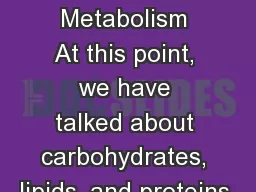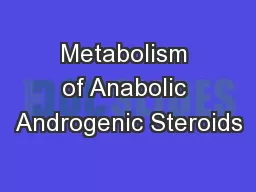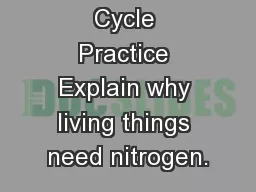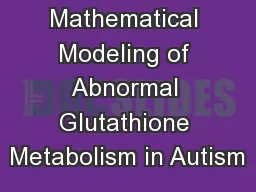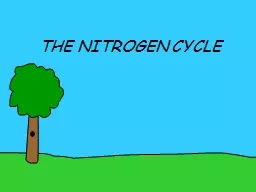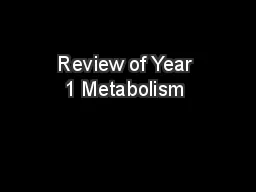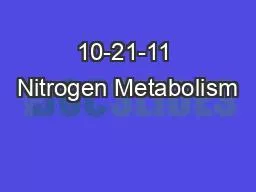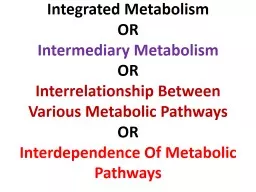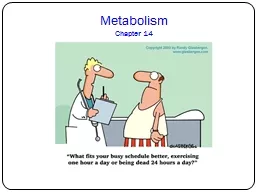PPT-Nitrogen metabolism Pinaki Kr. Rabha
Author : murphy | Published Date : 2023-07-22
Nitrogen cycle In physico chemical process the atmospheric nitrogen combines with oxygen during lightning or electrical discharges in the clouds and produces different
Presentation Embed Code
Download Presentation
Download Presentation The PPT/PDF document "Nitrogen metabolism Pinaki Kr. Rabha" is the property of its rightful owner. Permission is granted to download and print the materials on this website for personal, non-commercial use only, and to display it on your personal computer provided you do not modify the materials and that you retain all copyright notices contained in the materials. By downloading content from our website, you accept the terms of this agreement.
Nitrogen metabolism Pinaki Kr. Rabha: Transcript
Download Rules Of Document
"Nitrogen metabolism Pinaki Kr. Rabha"The content belongs to its owner. You may download and print it for personal use, without modification, and keep all copyright notices. By downloading, you agree to these terms.
Related Documents

